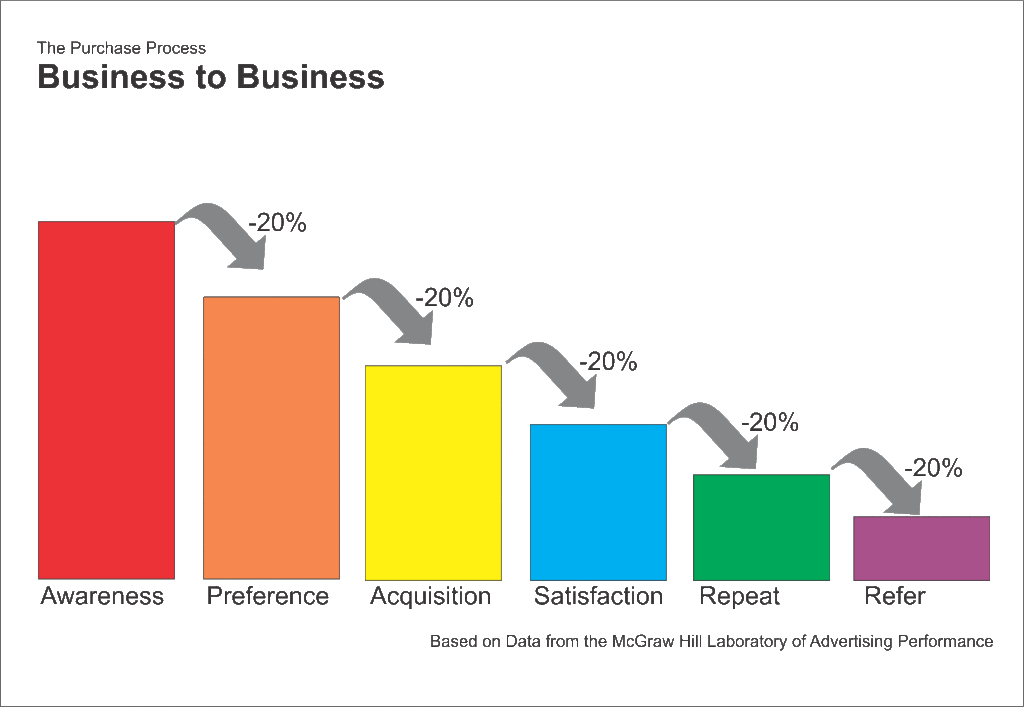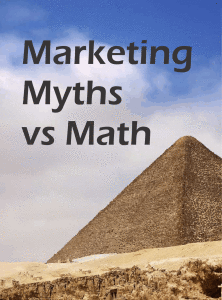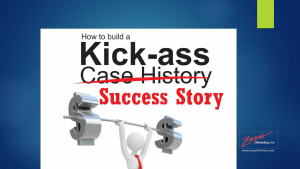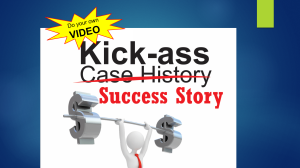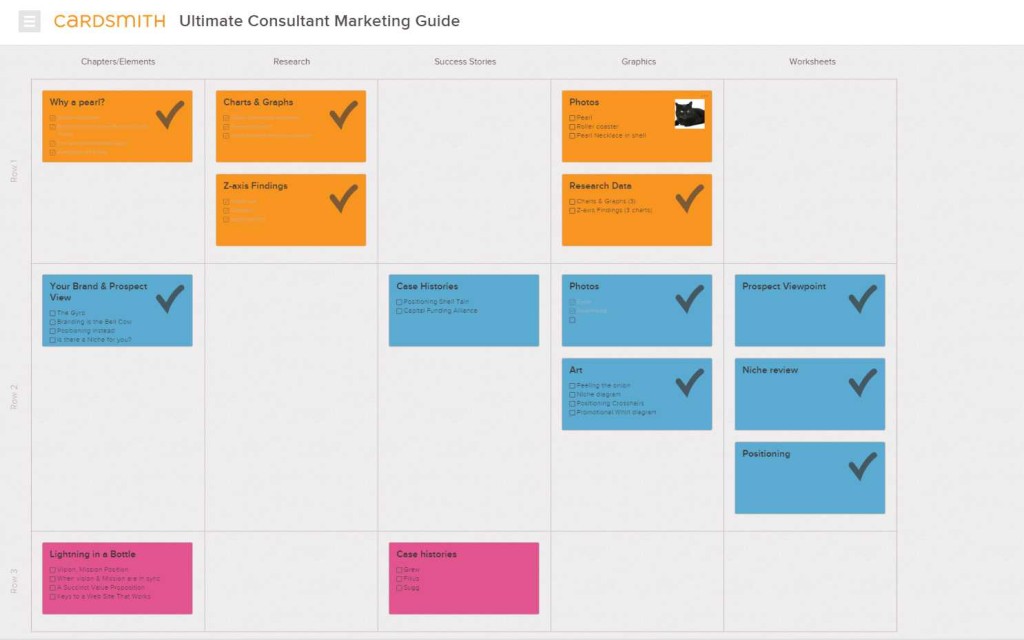“A friend told me about trying to come up with a title for a screen play over lunch,” said Gail. “She’s trying to get ready for a meeting with an agent from Hollywood. Apparently you only get a very few minutes and what you say in the first few seconds is critical.” 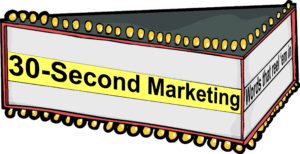
Kate snorted and said, “Sounds like every other sales call to me! That is pretty much my day, every day. The thing is you have to know what the hot buttons are for every person you’re calling on and if you don’t you have to find a way to get their attention and their input. Every story can be shortened to the point where it is one sentence long. The trick is to make that sentence intriguing enough that it pulls people into the conversation with you. Fletch’s 30-Second Marketing is the way to do it in networking situations and can be applied in most sales situations as well.”
“You’re right,” I said. this goes by a bunch of names but what it comes down to when you have to write it is:
- Tell the story in a paragraph or two concentrating on the emotions evoked
- Shorten it to a sentence about the overall shift in the story
- Work on the language in the sentence to make people experience it and yet want to know more.
- Relate it to something familiar to them
- Given all that, give it a title that leaves them wanting more.
For instance:
Would you like to view a film that centers on the transformation of a son, Michael, from reluctant family outsider to ruthless Mafia boss while also chronicling the family under the patriarch. A lot of people did. It was called The GodFather. As memorable as it is it was not one of the highest box office movies.
The current top in domestic, international and worldwide sales is a science fiction flick. In it, a paraplegic marine dispatched to the moon Pandora on a spy mission becomes torn between following his orders and protecting the new world he comes to feel is his home. Right. It was called Avatar and to date has made $2,783,918,982 worldwide.
The number two box office leader is one for history buffs and romantics. The fact that a supposedly unsinkable ship went down in the North Atlantic was given an emotional twist by the tale of a starving artist that becomes the love of a high class lady. It was called Titanic and the star-crossed lovers were, I believe, a pure fiction. It was called Titanic.”
Rob, our Buddha of Branding quietly said, “And that, brethren is what we call trimmin’ the fat. There be movies popular down home you don’t have to hear nuthin’ but the title to know what it’s about. Wonderful stories like Driving Miss Daisy, Steel Magnolias and, of course, Gone With the Wind. Notice how the title can be the story all by itself, or give you insight into the characters or summarize a way of life that vanished? The difference of seeing what y’all are trying to sell through the prospect’s imagination makes all the difference. Thing is, they will tell you how they see it. Just listen.”
The Takeaways:
- All sales is about finding common ground, understanding the problem and then finding the emotion that connects the prospect to the solution.
- You must orient your view, your language and your emphasis to the prospect’s vision.
- Get help. Talk to others. Listen to what they have to say. Respond by making your pitch and your title stronger.
Jerry Fletcher’s blog recaps conversations with clients, prospects and the unruly mob of business development professionals he consorts with. They discuss marketing that works from solopreneur to enterprise level. Jerry, The Consultant’s Communication Consultant, is the ringleader and “Watson” of the dialogue. Sign up for the blog and other publications at: www.JerryFletcher.com/Profit.html
Jerry has been researching and implementing small business marketing that builds businesses, careers and lives of joy for 25 years as President of Z-axis Marketing, Inc. Learn more at www.JerryFletcher.com
Schedule a personal appearance. Jerry speaks internationally on Networking, Marketing and Contact Relationship Magic. www.NetworkingNinja.com


